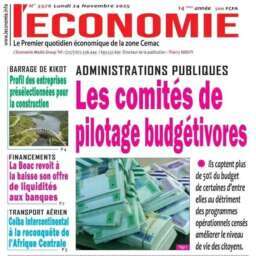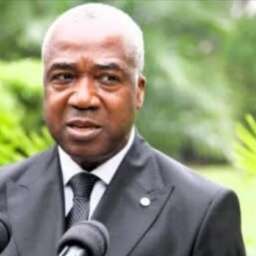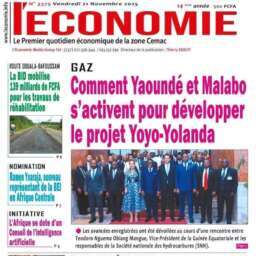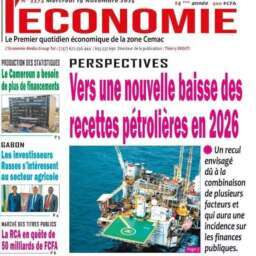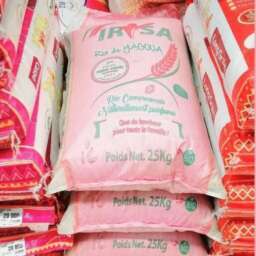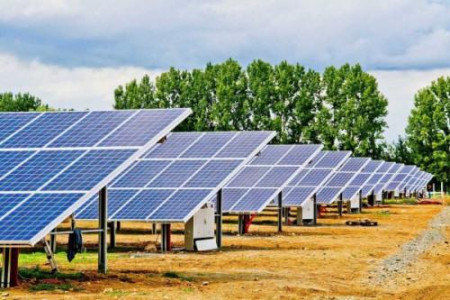- (Business in Cameroon) – Cameroon plans to commission six solar mini-plants totaling 7.2 MW in 2026 after multiple delays since 2022.
- State power distributor Eneo, burdened with CFA800 billion in debt, will award project contracts by the end of 2025.
- The hybrid plants will reduce fuel costs and improve energy reliability in remote regions.
Cameroon plans to accelerate the expansion of its hybrid power generation capacity in 2026 with the delivery of six long-delayed solar mini-plants totaling 7.2 megawatts-peak (MWp). The plants will complement existing thermal facilities in Banyo, Touboro, and Ngaoundal in the north, Yoko in the Centre region, and Yokadouma and Moloundou in the East.
The government outlined the projects in its National Energy Compact, a roadmap for developing sustainable energy infrastructure by 2030. However, the document does not specify how the mini-plants will be financed. It only notes that Eneo, Cameroon’s electricity distributor and project owner, is expected to award the contracts “by the end of 2025.”
Eneo, majority-owned by the British private equity fund Actis, faces serious financial strain. The National Energy Compact reports that by the end of 2024, the company’s total debt reached CFA800 billion, including CFA500 billion owed to suppliers and CFA80 billion in receivables. These persistent financial difficulties in 2025 could again delay the planned investments.
The six hybrid projects were initially slated to begin in 2022, covering the sites of Banyo, Poli, Yoko, and Touboro. The work never started, most likely due to funding shortages.
Lower Operating Costs and Improved Reliability
Eneo says hybridizing isolated thermal plants with solar capacity reduces fuel costs and enhances power supply stability. “During the day, we inject both solar and thermal energy into the local grid. The fuel savings recorded during daytime operations can be used at night to meet demand,” an Eneo executive explained. “This approach also reduces the running time of thermal units, lowers breakdown risks, and improves machine availability.”
Cameroon launched its hybridization initiative in 2018 with the Djoum power plant in the South region. Since then, two additional facilities—Lomié and Garoua-Boulaï, both in the East—have been successfully converted.
This article was initially published in French by BRM
Adapted in English by Ange Jason Quenum



